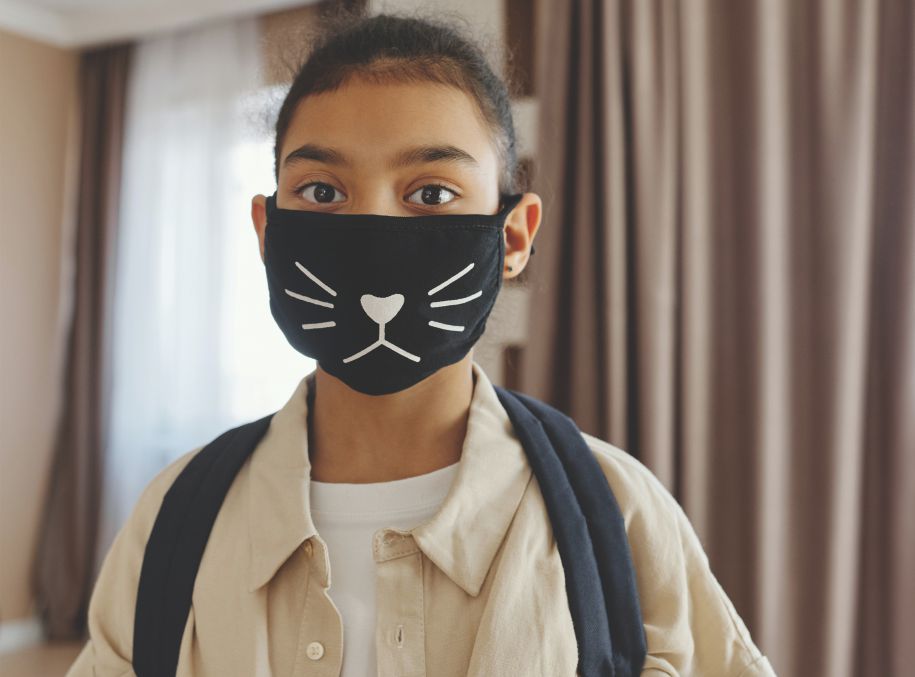Peace begins with the self, as do many aspects of behavior that graduate to become habits. However, external challenges play a vital role in impacting the delicate balance between the self and the world it interacts with. A fine example is a current pandemic and the tumultuous impacts it has had on lives and lifestyles, across the world, and cutting across social, geographical and economical barriers.
According to the World Health Organization: Globally, it is estimated that up to 1 billion children, aged 2–17 years, have experienced physical, sexual, or emotional violence or neglect in the past year. One doesn’t need a study to understand the gravity of the impact that these staggering figures underline. The source further states that the target 16.2 of the 2030 Agenda for Sustainable Development is to “end abuse, exploitation, trafficking and all forms of violence against, and torture of, children”, and that there is evidence from around the world that violence against children can be prevented. This is not only imperative from the human rights angle, but also because children are our future, the decision-makers of tomorrow, on which communities, societies and countries, across the world, pin their hopes on for a better tomorrow.

Having said the above, the main triggers of violence against children have to be addressed: poverty, conflicts, and calamities that serve as catalysts in the formation of a vicious circle that is difficult to break. An example is the current humanitarian crisis in Afghanistan. In the first half of 2021, more than 552 children have been killed and 1,400 have been injured, meaning families have lost loved ones and many children have been left traumatised.
For India, her children and youth (below 35 years of age) constitute app. 65% of the population, which highlights the importance of empowering its rich demographic dividend. The need for quality education, health and nutrition is, hence, paramount. However, entrenched poverty amalgamated with a considerable risk of natural disasters that the country is prone to, amongst certain other factors, enhance the challenge of protecting our children against the extensive and intensive impact of violence that stems there from. The current pandemic that has led to the disruption of secured livelihoods and support measures has resulted in enhanced distress. This is evident in facts and figures that indicate an increase in the drop-out rate from formal education systems, child labour, child marriages, different forms of violence against children, abandonment and more.
Universal agencies ask governments and NGOs to focus on seven specific measures to protect their children. They include: strengthening laws for child protection, promoting child-friendly norms and values in society, creating safe environments in local communities through policing, strengthening parental and caregiver support, increasing income of households and communities adequate to take care of children’s needs, providing emergency care for children, and ensuring their access to education and life skills.
The emphasis must be on preparing ourselves to make these measures effective. We must take into consideration India’s unique socio-economic and geo-climatic conditions before we design our interventions – be it emergency care or rehabilitation or any other initiative. As a country where the majority of our population is young, our programs must take into account the unique needs of our children. Securing India’s future calls for a multidimensional approach.
It is the responsibility of our society to offer each child the support and protection, care and education essential to its development. Our commitment to the universal measures of child protection, and growing our local expertise in implementing the measures effectively can see to it that no child is left alone, and each violation against children is prevented. It is a cause to which every one of us can, and should, contribute.
